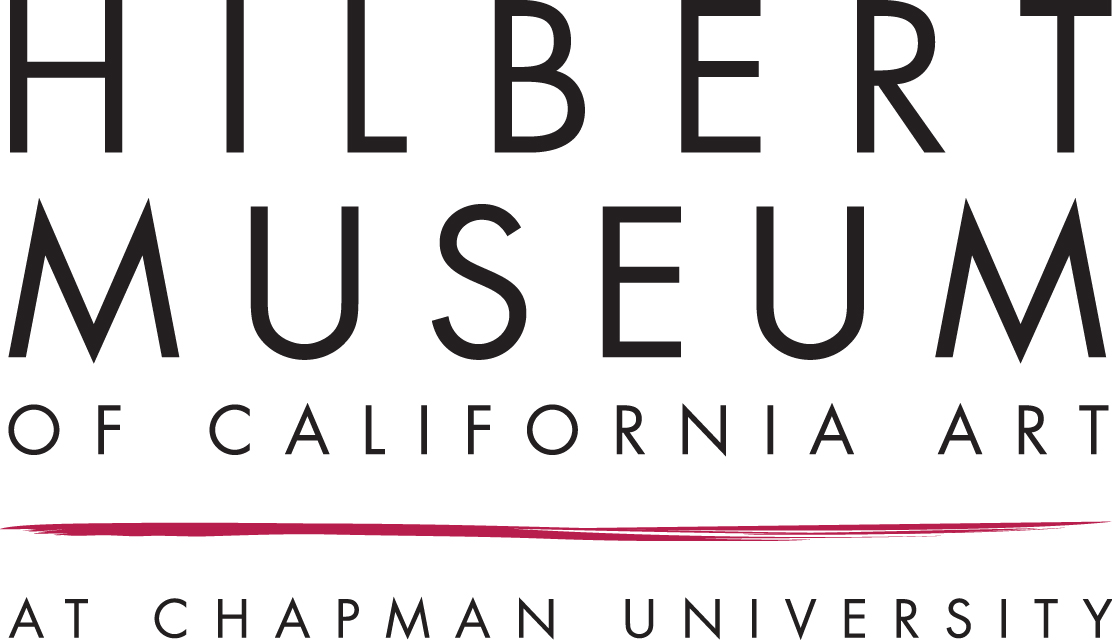Victor Clyde Forsythe
1885 - 1962
Forsythe was born in Orange, California and grew up in the deserts of the Coachella Valley and Los Angeles Basin. His parents had owned a store in Tombstone, Arizona next door to the OK Corral, and Forsythe had grown up with the stories of that rough, desert mining town. His family also took camping trips in the California desert, and all these experiences instilled a life-long fascination with the desert landscape and its inhabitants.
Having shown artistic promise as a boy, Forsythe studied at the Los Angeles School of Art and Design. In 1904 he took the train to New York to study at the Art Students League under Frank DuMond. He worked as a staff artist for Joseph Pulitzer's New York "World" while attending classes, and later switched to W.R. Hearst's New York "Journal." He went on to work for a succession of Hearst papers, drawing briefly for the St. Louis "Post Dispatch," and then the Los Angeles "Examiner," before returning to New York in the nineteen-teens to work at the "American."
Living in New Rochelle, New York, Forsythe met a young artist named Norman Rockwell, and the two shared a studio that had once been owned by Frederick Remington. Forsythe introduced the younger artist to the staff of "Saturday Evening Post" and Rockwell sold them his first cover in 1916. Forsythe also became close friends with Frank Tenney Johnson, a fellow illustrator and lover of the West who painted for "Field & Stream."
While at the "New York American," Forsythe began to develop comic strips. Among his earliest were a gag strip about boxing called "The Great White Dope," and a western series, "Tenderfoot Tim." In 1918 he began his most successful strip, "Joe's Car" about an automobile-obsessed young man. In 1928 he renamed the strip "Joe Jinks," as its protagonist had gone on to fly airplanes and then became a professional boxing manager. Forsythe quit "Joe Jinks" in 1933 and began a cowboy strip titled "Way Out West." He then added a home life strip, "The Little Woman". Neither of these was very successful, and he returned to drawing "Joe Jinks" in 1937, but quit cartooning for good the next year.
In 1920, Forsythe and his wife, Cotta, had given up New York and returned to southern California. Frank Johnson and his wife followed shortly, and the two artists built a studio in Alhambra which they shared until Johnson's death in 1939. The studio became a gathering place for their artist friends including Maynard Dixon, Charlie Russell, Ed Borein, Nicolai Fechin, Dean Cornwell, and Jimmy Swinnterton who was a comic strip pioneer also working for Hearst newspapers. In 1923, Forsythe and Johnson founded the Biltmore Gallery at the Biltmore Hotel in Los Angeles to sell their work and that of their friends.
Forsythe painted desert landscapes from the time he settled in California and, after giving up comics in 1938, devoted himself to easel painting full time. Dixon clearly was a major influence on his painting style, but his Palm Springs area scenes bear an affinity for Swinnerton's work. Unlike his friends' landscapes, however, Forsythe's frequently included human figures and animals. He was most fond of the archetypal desert prospector with a pick-axe over one shoulder and the reins of a burro in his hand. He was fascinated with mining history, sometimes living in ghost towns on extended painting trips. He relished sitting at prospectors' camp fires, listening to their stories. He was proud to be one of the early desert painters, observing that he and his friends helped make people aware of the desert as a place of great beauty.
Source: https://www.medicinemangallery.com/victor-forsythe-biography
Person TypeIndividual














